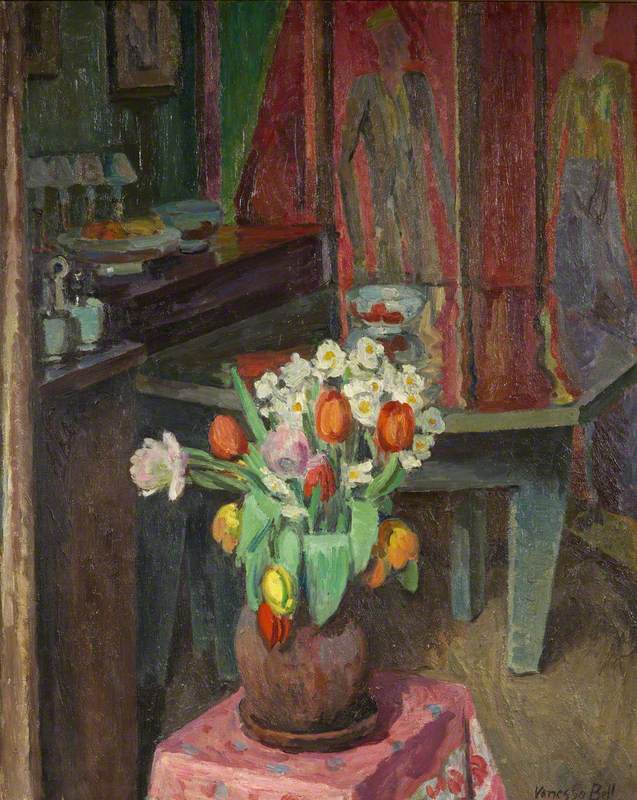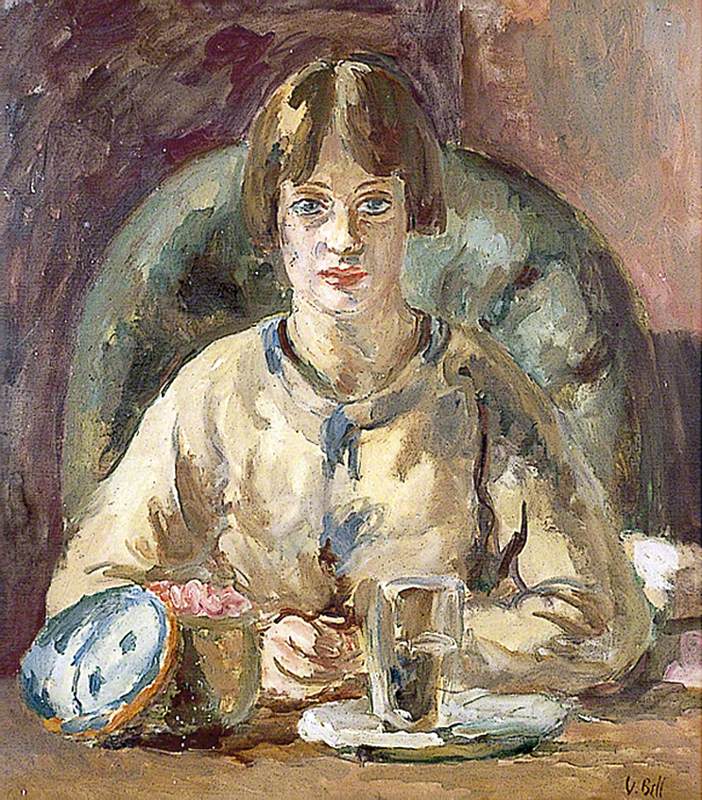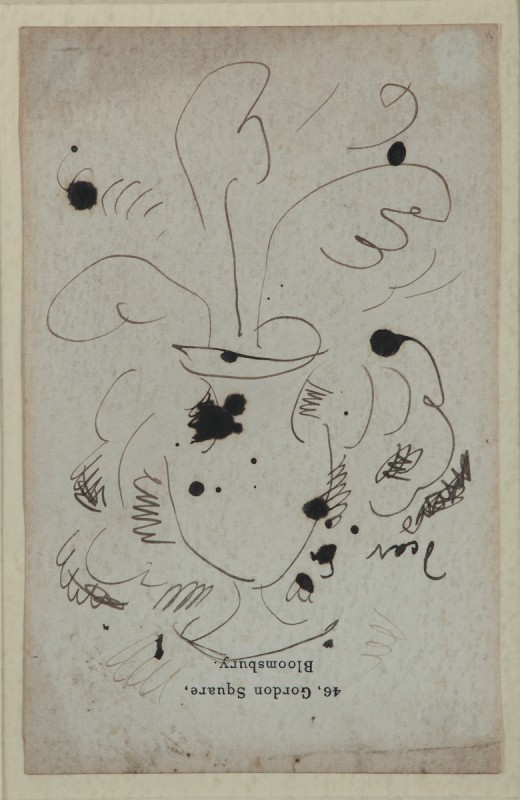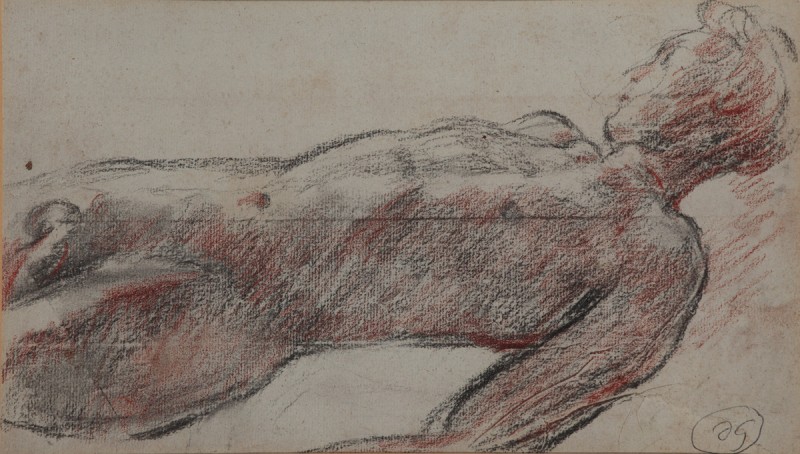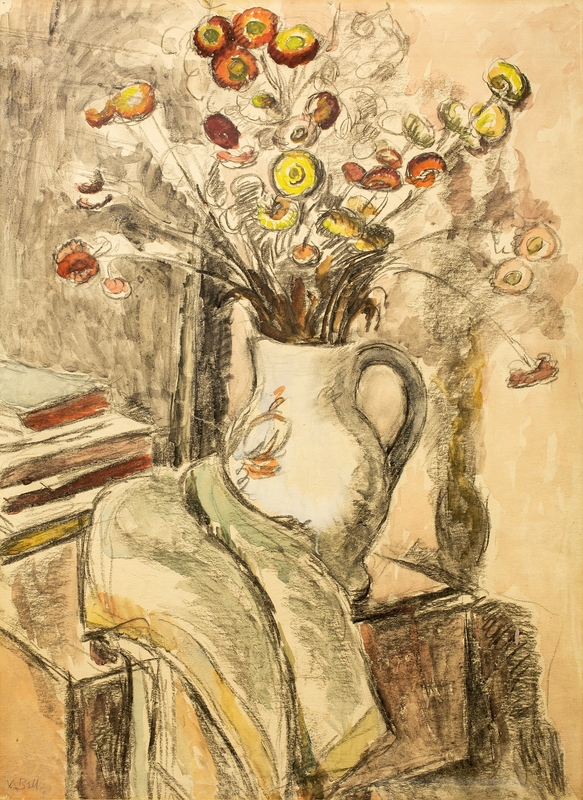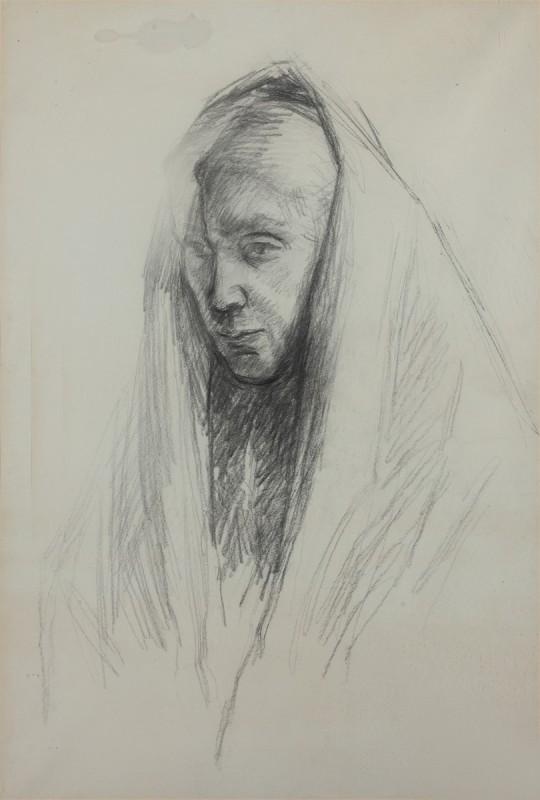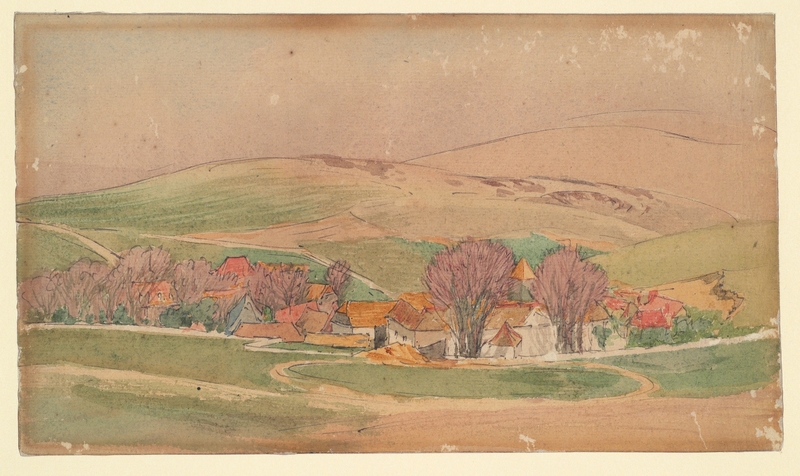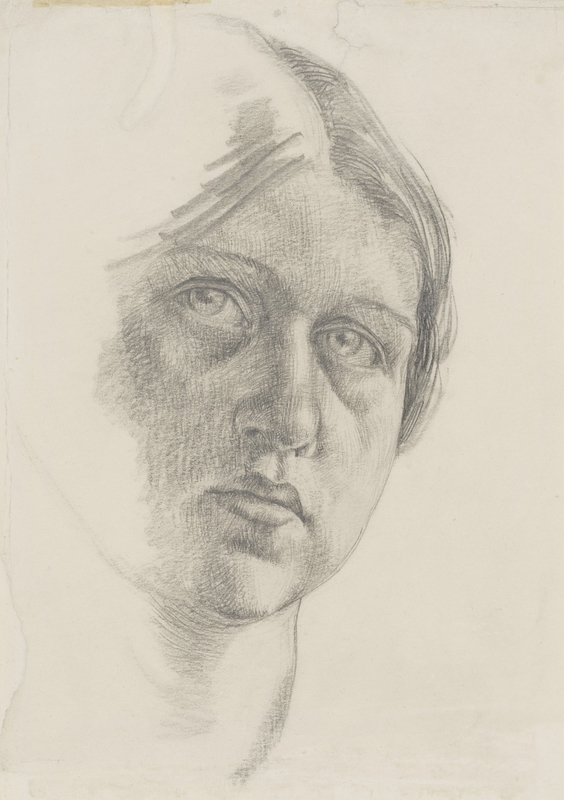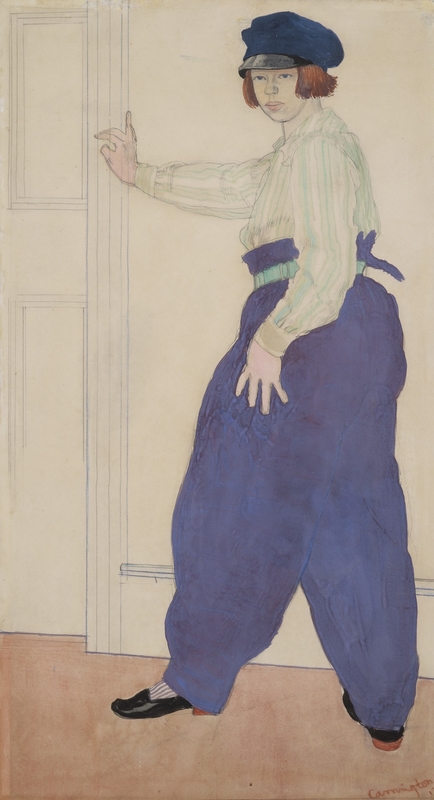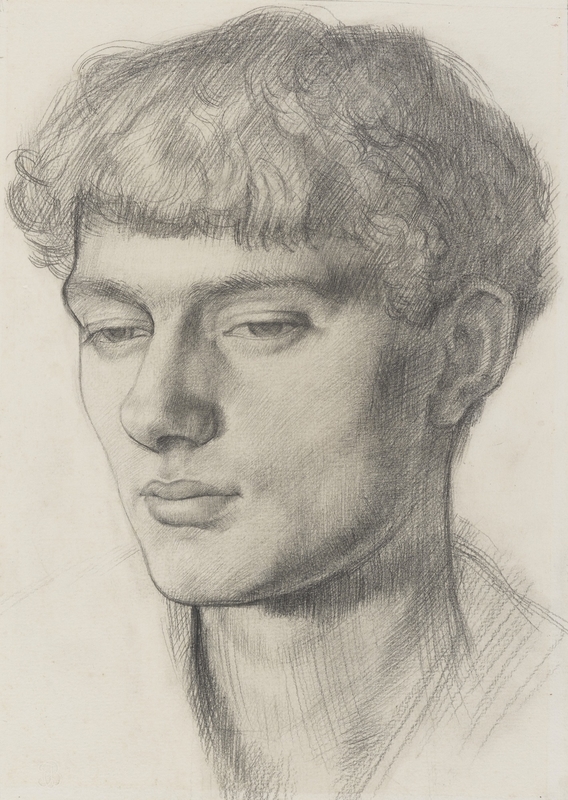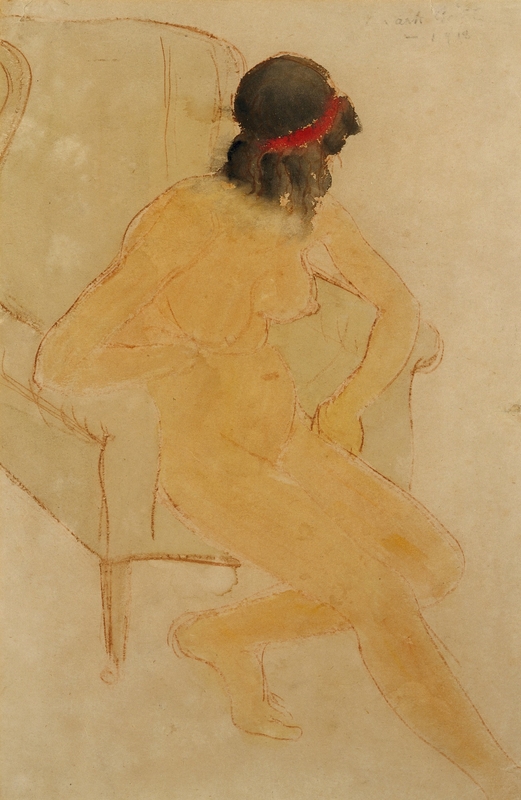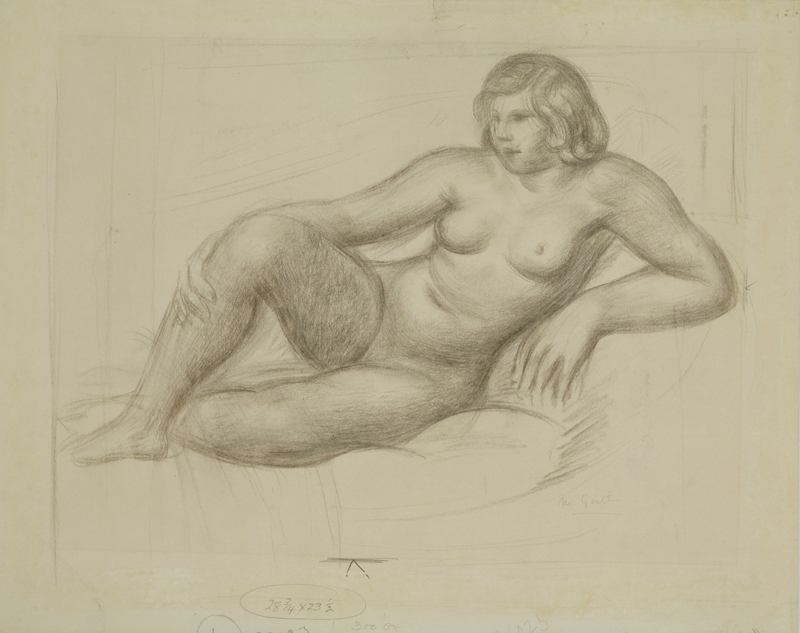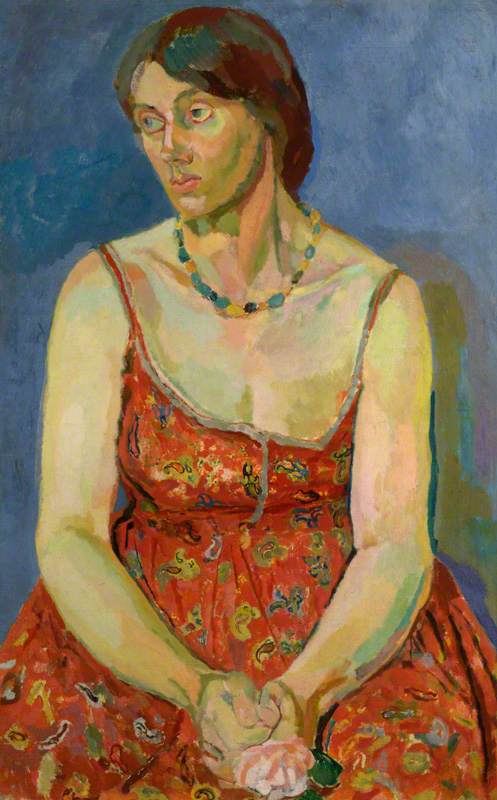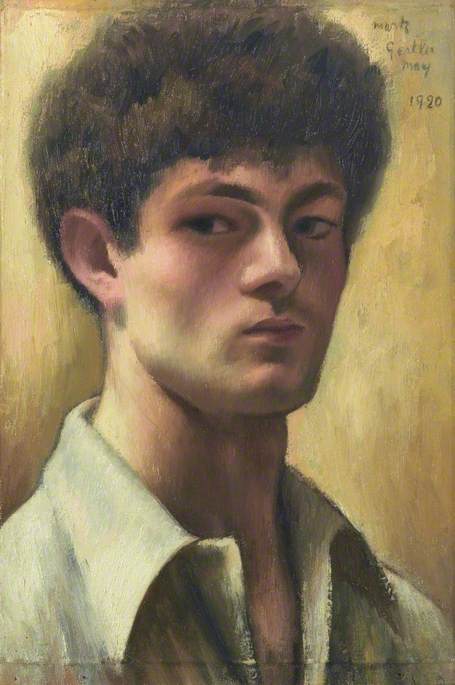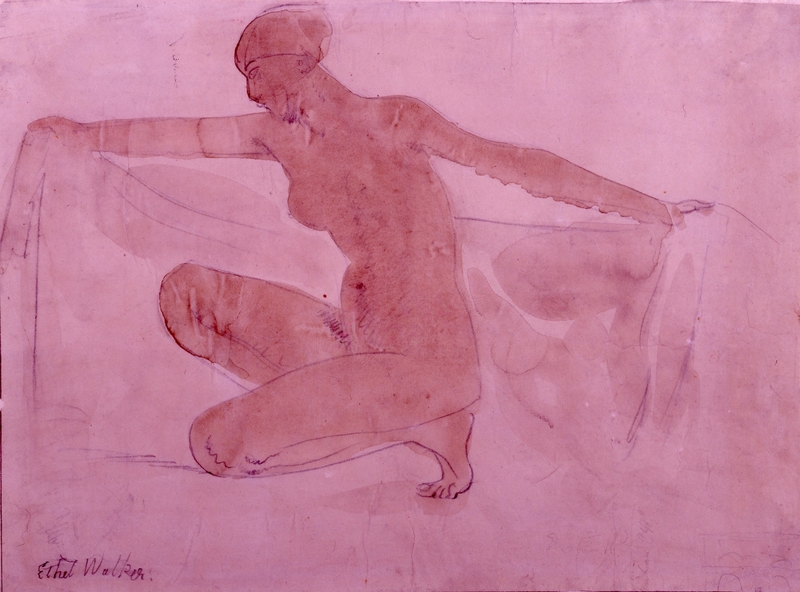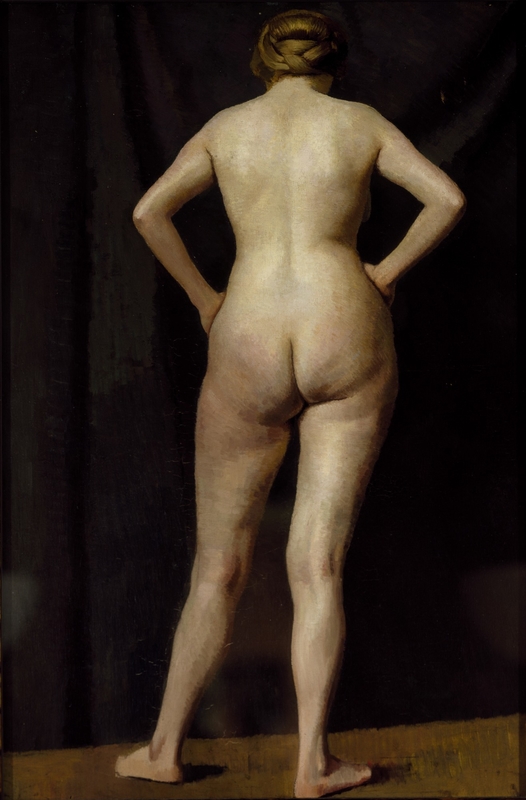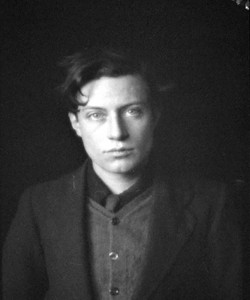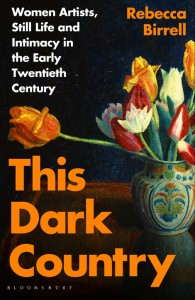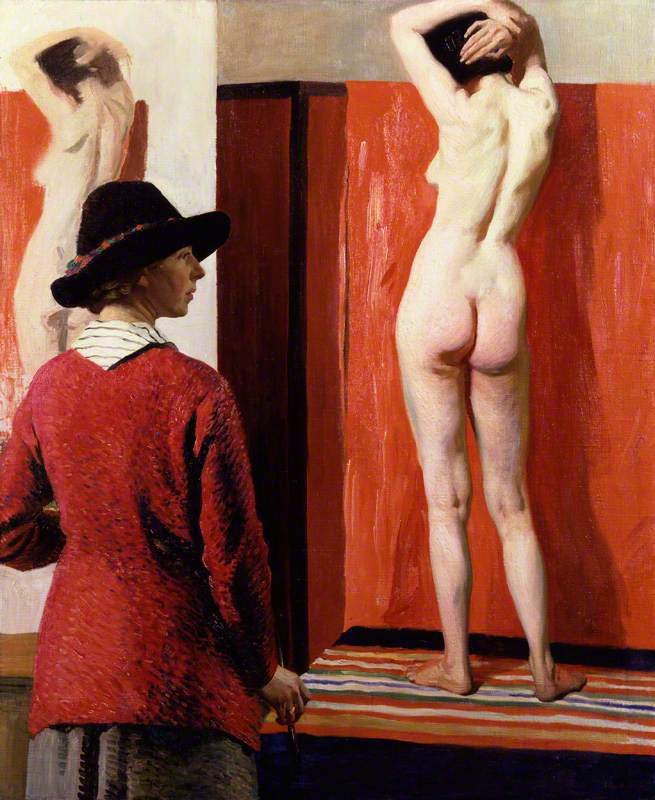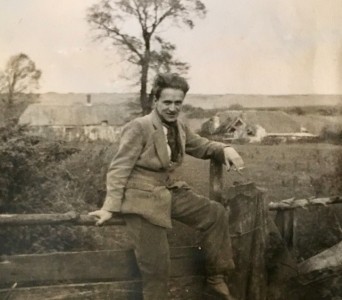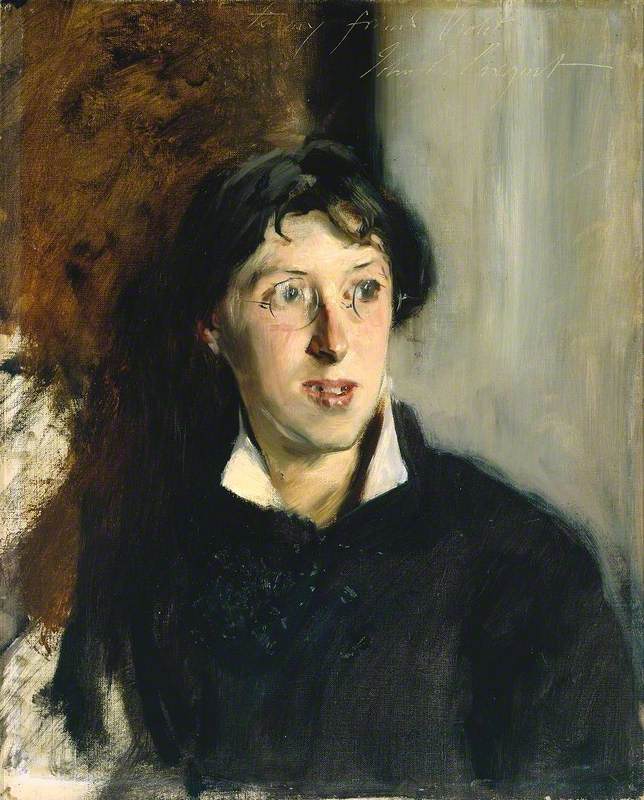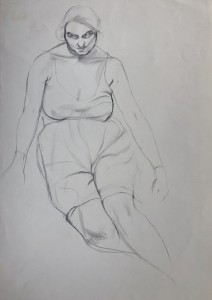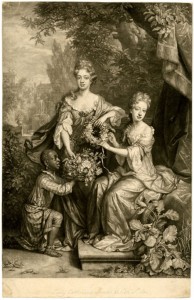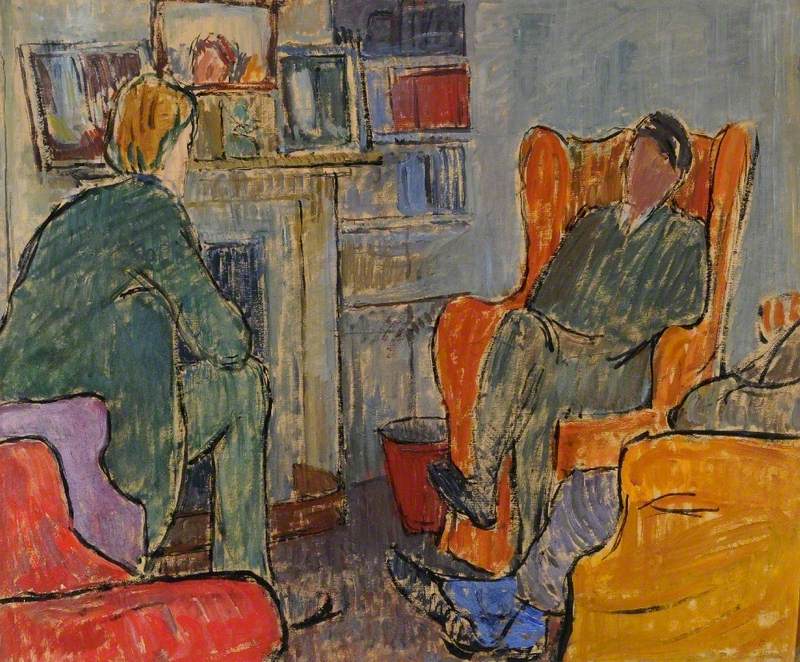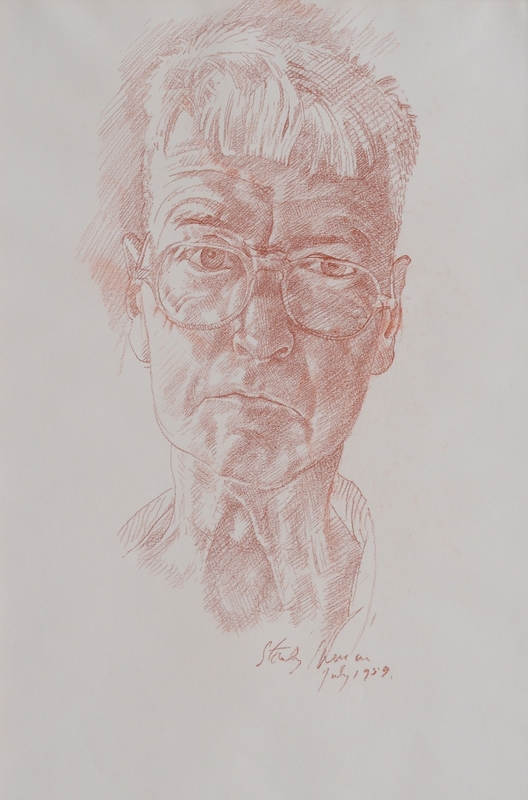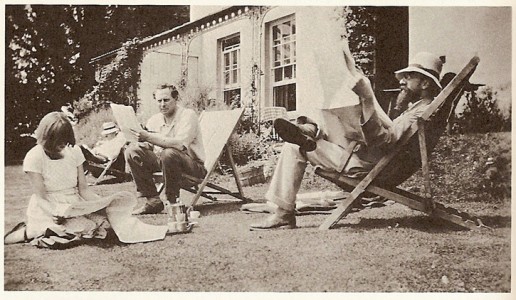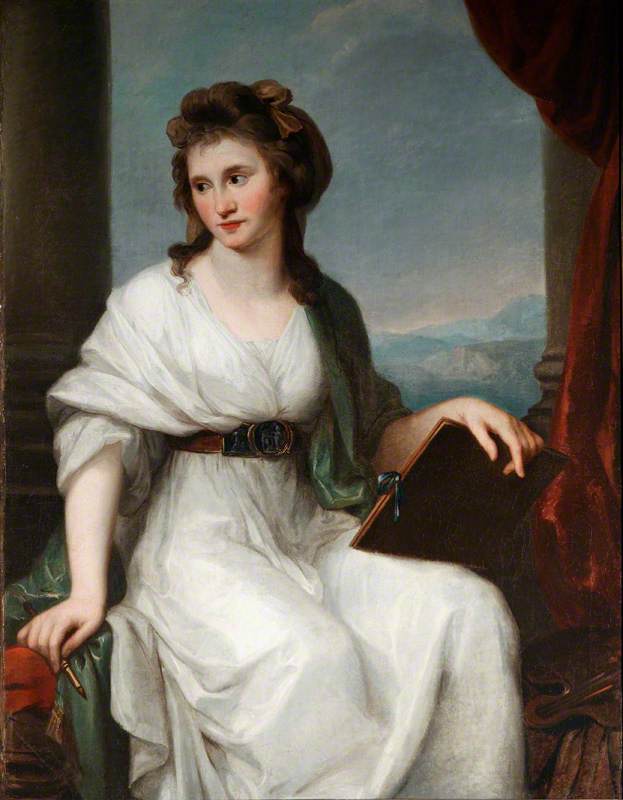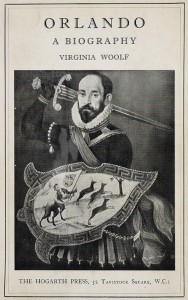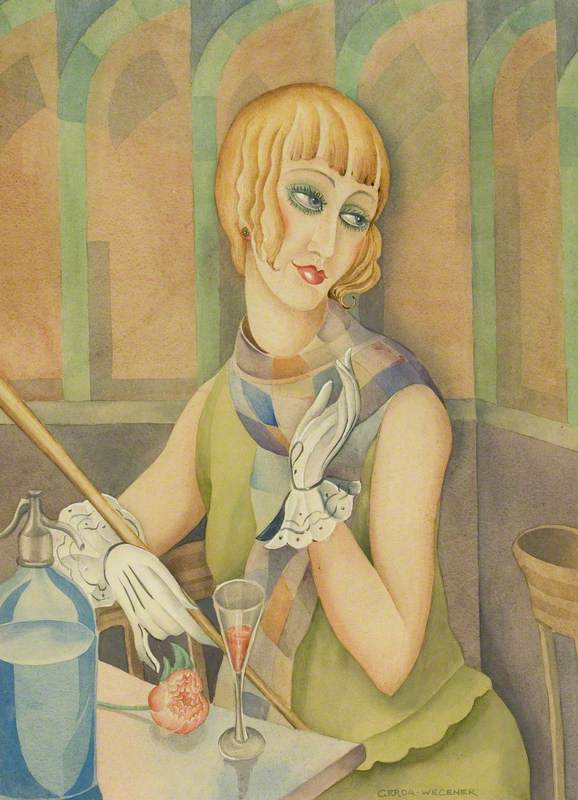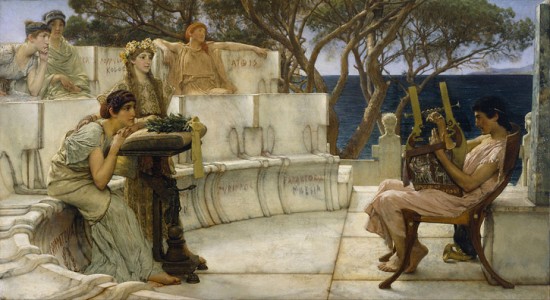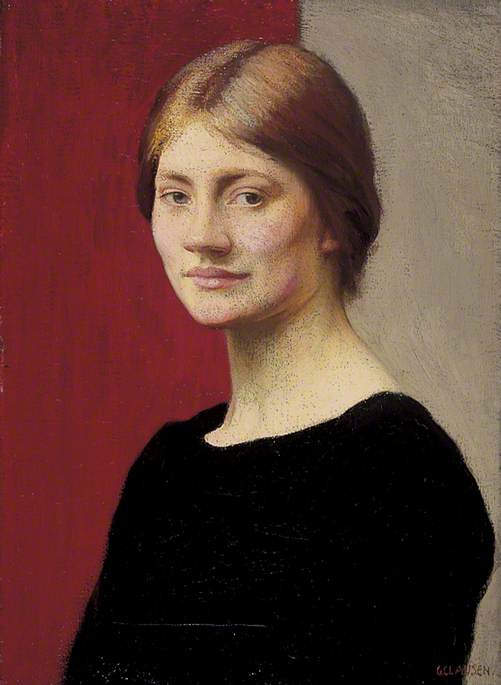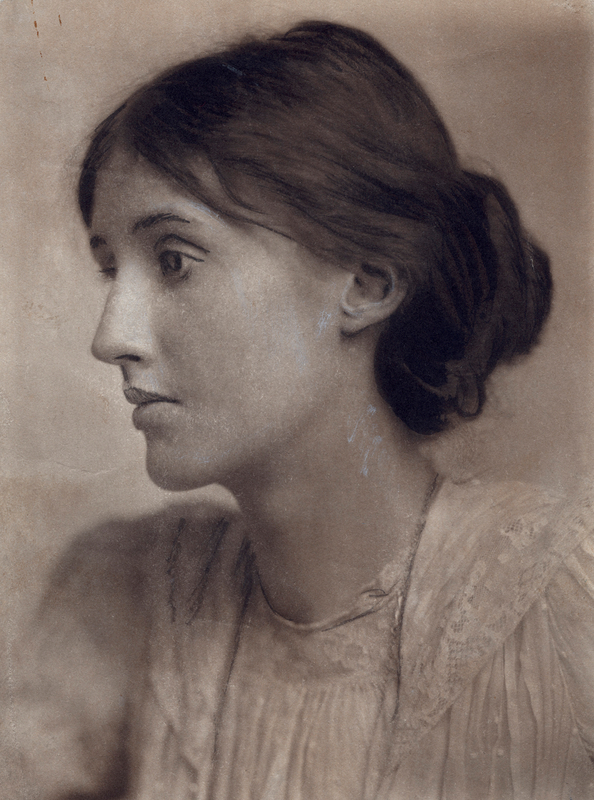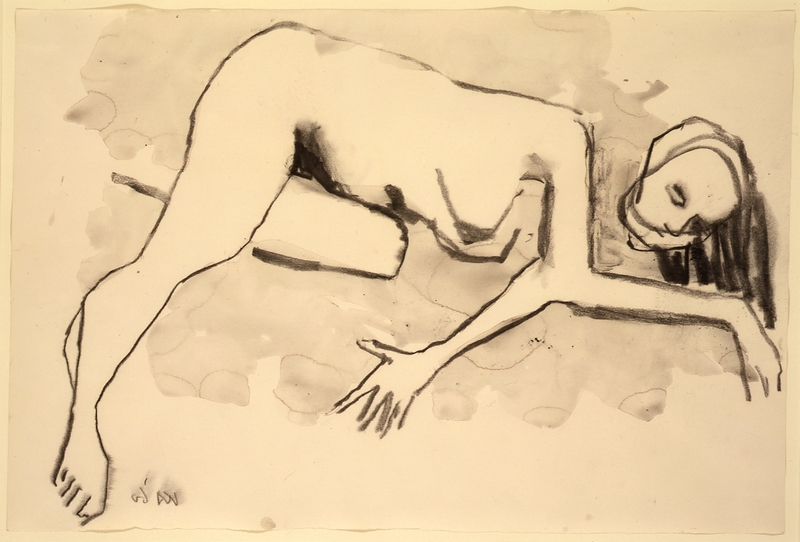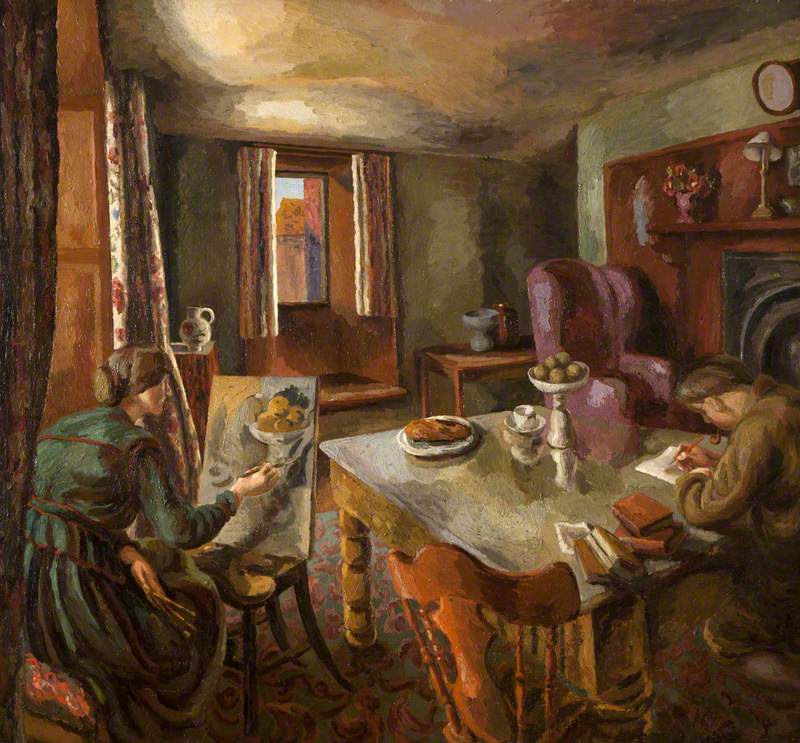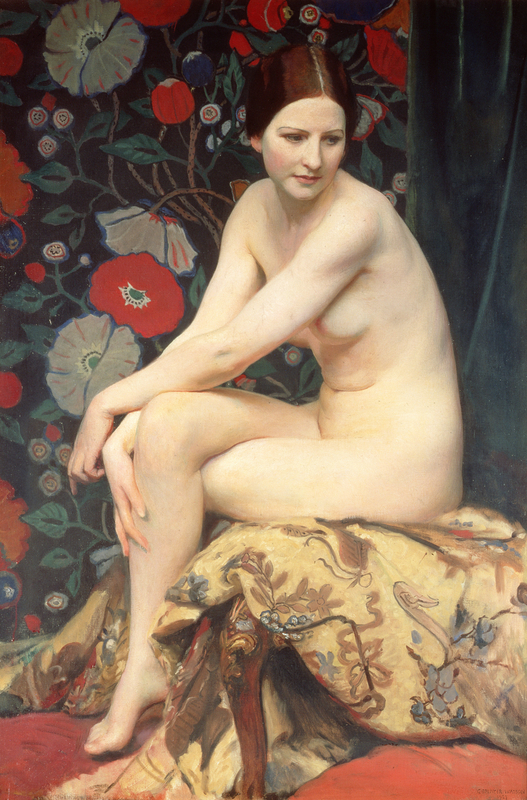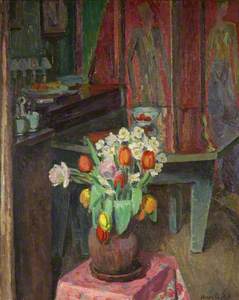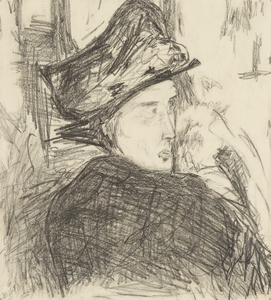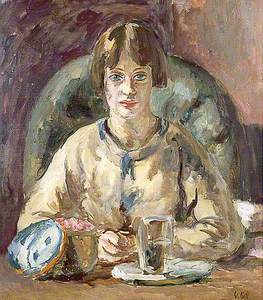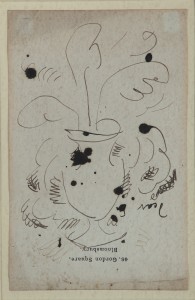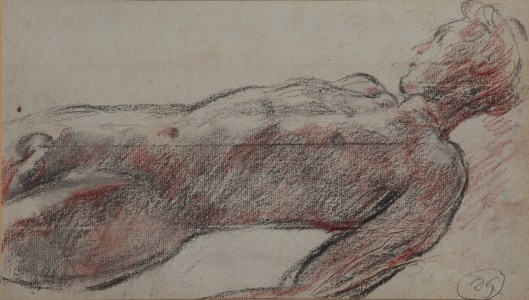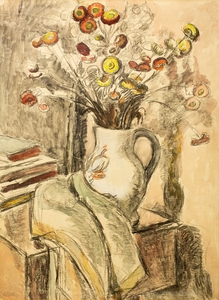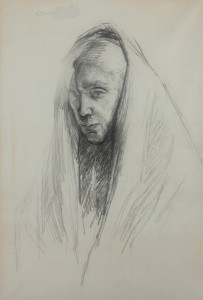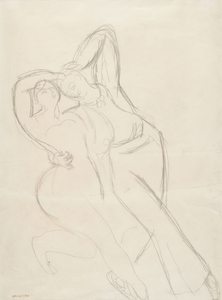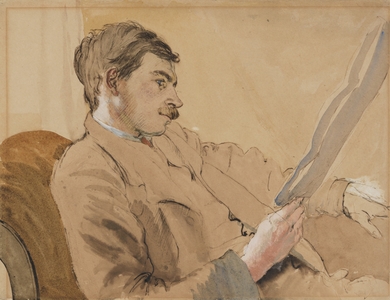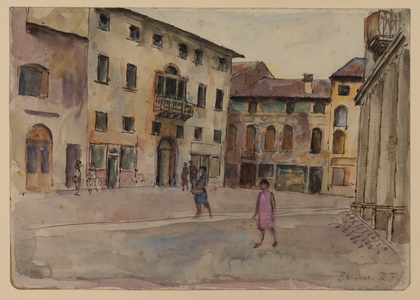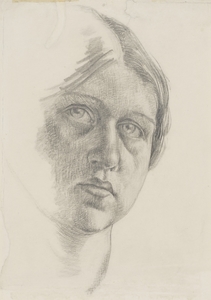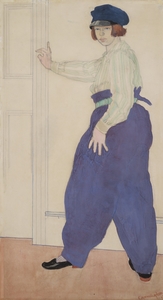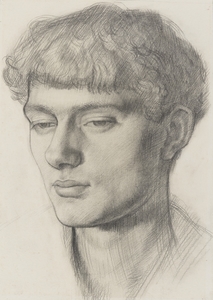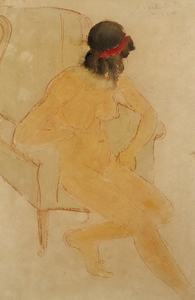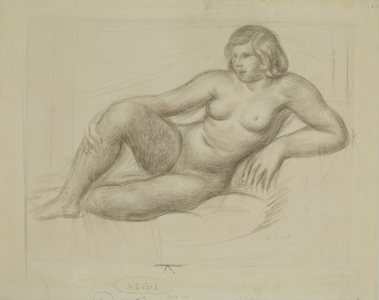Drawing a loved one is an intimate process. As well as using marks to represent an individual's physical demeanour, it is a way of conveying the meaning of the relationship between artist and sitter. And the relationships between members of the Bloomsbury Group were riven with intimacy, as friendships were won and lost, turbulent affairs were conducted publicly or in private, and lifelong commitments were cemented.
Coalescing around Fitzroy Square in London's Bloomsbury district during the first three decades of the twentieth century, the group was a tight-knit set of artists, thinkers and literary figures. History often describes novelist Virginia Woolf (née Stephen) as the group's de facto figurehead, yet other notable members of the dizzyingly intertwined set included painters Vanessa Bell, Duncan Grant, Mark Gertler and Roger Fry, as well as author E. M. Forster, economist John Maynard Keynes and dancer Lydia Lopokova.
Meeting on a regular basis to discuss new aesthetic ideas, the Bloomsbury Group would have a lasting impact on the timeline of British art and literature, bridging the gap between the Victorian age and the new century.
Virginia Woolf (1882–1941)
1910–1911
Duncan Grant (1885–1978) 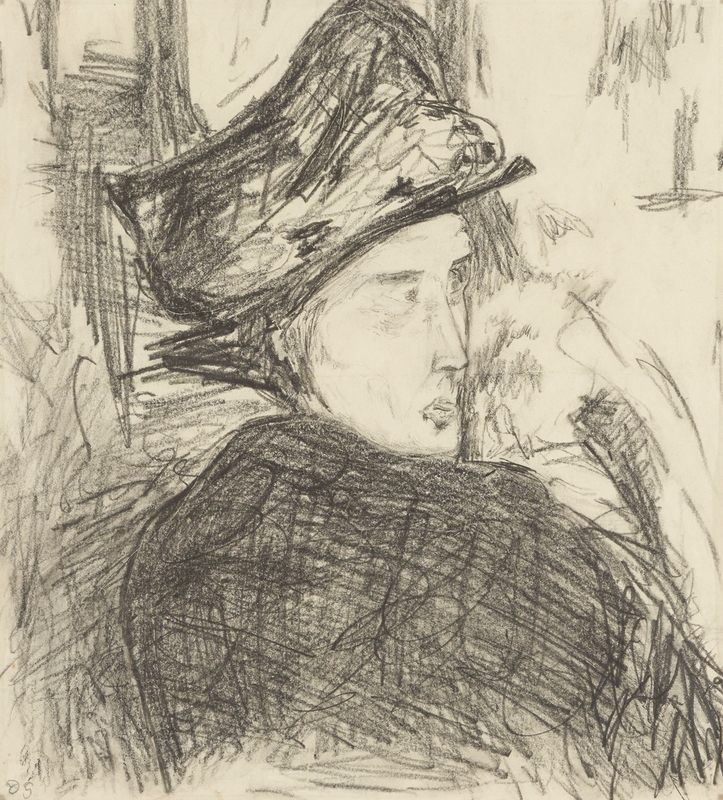
Virginia Woolf and Duncan Grant were already friends before Duncan moved to Fitzroy Square, just around the corner from Woolf's family residence, in 1909. Made two years later – before Virginia married Leonard Woolf in 1912 – Duncan's drawing of the writer shows Virginia gazing into the distance, lost in thought. Duncan and Virginia got along famously, and Duncan had been introduced to Virginia's sister, Vanessa, via friends a few years earlier.
Vanessa Stephen – an artist and interior designer – had married art critic Clive Bell in 1907. Duncan was open about his homosexuality, yet he fell for Vanessa. For her part, Vanessa had already had an affair with the artist Roger Fry in 1911, and was happy to start another. Vanessa and Duncan had a child together – Angelica, born in 1918.
In 1914, Clive Bell published Art, the book in which he expounded on his 'significant form' theory. For Clive, in order for something to be called an artwork, it should provoke emotional reactions from the viewer, and these reactions had nothing to do with the artwork's attractiveness (or beauty) in the traditional sense. This outlook created a set of guidelines for Post-Impressionism in the UK, and was given credence by Duncan Grant's attempts to free himself from old-school art conventions and Vanessa Bell's loose approach to mark-making.
By 1914, the influence of the Impressionist movement started to fade across Europe, and Duncan's artwork was teetering between orthodox forms of representation and a search for new directions. His 1914 still life drawing, for example, leans heavily towards the simple, expressive lines Picasso was using during the 1910s.
In contrast, Duncan's reclining male nude from 1940 was executed formally, working as much as an exercise in life drawing as an erotic illustration.
Vanessa Bell's Flowers drawing from the time is so similar to Duncan's still life that it could be of the same vase and flowers.
Vanessa's version is avowedly more elaborate than Duncan's, but it has the same sense of freedom, as scrubby daubs of watercolour bring depth to her carefree chalk line work. This was Clive Bell's theory in action: here were two artists shrugging off the old way of doing things and imbuing their work with emotion and raw accessibility.
Vanessa was married to Clive until she died in 1961, but her relationship with Duncan Grant remained deep for the rest of their lives. Duncan's drawing of Vanessa from 1957 may be less than flattering but it is an emotive testament to the pair's closeness.
Duncan's 1919 drawing of Lydia Lopokova was made the year after she had arrived in London.
Massine (1896–1979) and Lydia Lopokova (1892–1981)
1919
Duncan Grant (1885–1978) 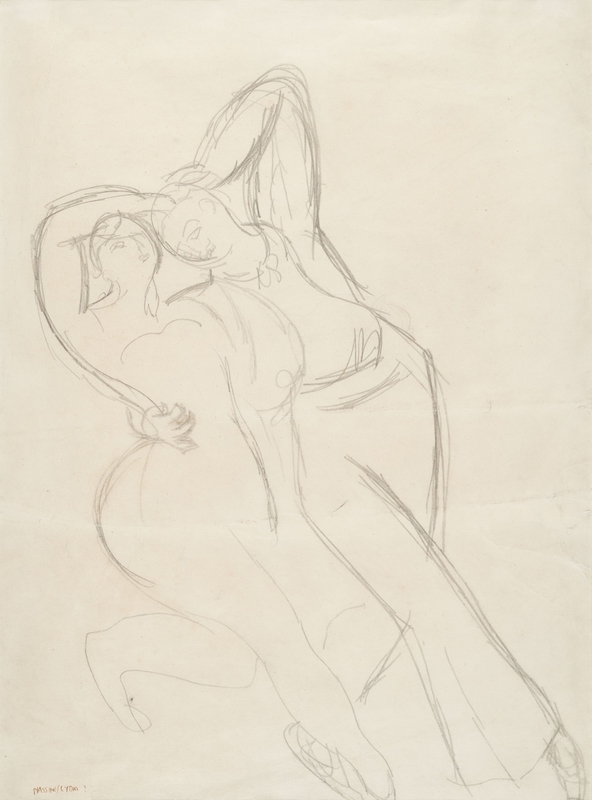
Born in St Petersburg, Lydia was a well-travelled dancer, having toured Europe and America with the Ballets Russes troupe. John Maynard Keynes had been introduced to the Bloomsbury Group by Virginia Woolf's brother, Thoby Stephen, and was a regular fixture in their soirees.
Gwendolen Raverat's 1908 drawing of Keynes is another relaxed, candid work. Gwendolen and her husband, the artist Jacques Raverat, were Bloomsbury Group acolytes, and her artwork shows the sitter absorbed in reading a newspaper, either unaware of Gwendolen's attention or completely at peace with her presence.
John Maynard Keynes, Baron Keynes
c.1908
Gwendolen Raverat (1885–1957) 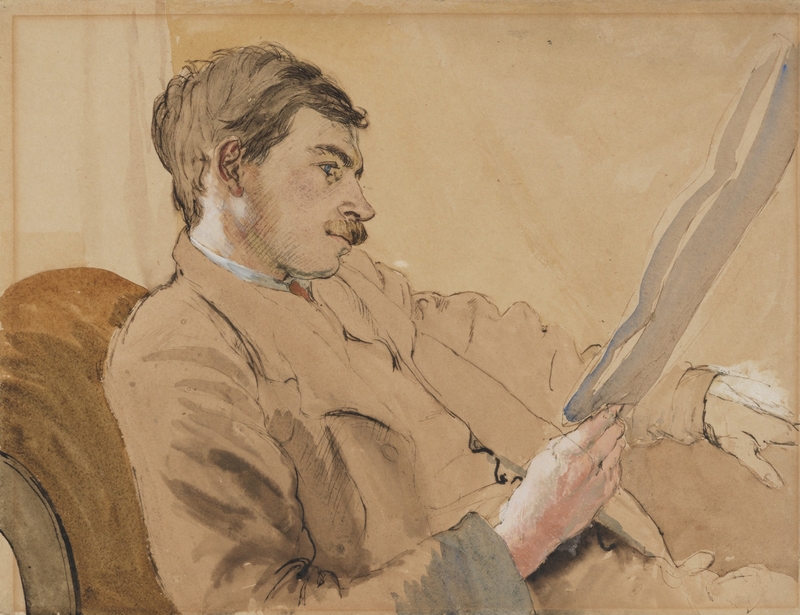
Like Duncan Grant, Keynes had no qualms about celebrating his homosexuality and the pair were in a relationship between 1908 and 1915. But, after watching Lydia Lopokova dance onstage in London, John became bewitched. An affair between the two followed, and John and Lydia married in 1925.
Roger Fry had been married to the artist Helen Coombe for fifteen years before he began his affair with Vanessa Bell. After suffering from an undiagnosed personality disorder for most of her life, Helen was committed to a mental institution in 1910. Vanessa introduced Roger to the Bloomsbury Group, and Virginia Woolf in particular was taken by his worldly-wise intellect.
The date is unknown for Roger Fry's Landscape – Southern France drawing, but it does exhibit the same kind of windswept, informal style as Vanessa Bell and Duncan Grant.
Bassano, another Roger Fry work from the period, is similarly gestural, as scrawled pencil scratches, inky lines and splashed watercolours successfully describe the balmy shade of an Italian piazza.
In 1913 Roger Fry began renting the ground floor of a townhouse a few doors down from Virginia Woolf's home. 33 Fitzroy Square became the Omega Workshops, a site for Roger, fellow directors Vanessa Bell and Duncan Grant, and other artists and designers to plan, make and sell furniture and crafted interior décor accessories.
Dora Carrington and Mark Gertler had met at art college, and both were invited into the Omega Workshops world.
A Dora Carrington (or just 'Carrington', as she preferred to be called) self-portrait from 1910 shows the subject in a pensive mood.
For the most part, cross-hatched pencil lines conjure a classical head from the paper. Carrington's eyes, though, are abnormally large, giving her an inquisitive air.
Another self-portrait from three years later is looser in execution, with the artist looking purposefully boyish in enormous trousers and a Breton cap.
Carrington's bisexuality led her into relationships with Mark Getler (during their college years), sculptor Stephen Tomlin and American journalist and socialite Henrietta Bingham, among others.
Her pencil portrait of Gertler was made around 1910 and shimmers with sensitivity.
There is a softness in his expression, and his narrowed eyes possess a faraway look. Unbothered by his homosexuality, Carrington also fell deeply in love with author and Bloomsbury Group member Lytton Strachey. Their relationship was fraught, although platonic.
While Carrington's drawings from the time have a restrained quality, Mark Getler's artwork feels joyously unfettered. Made in 1914, his Seated Nude is a delightful drawn piece.
Naked aside from a bright red headband, the anonymous subject leans forward in a comfortable armchair, ready to stroll languidly from the room.
The date for his Reclining Nude is unknown but it is easy to imagine it was executed in previous years.
It is self-consciously drawn, as if Mark was poring over the detail of the sitter's figure. As with Duncan Grant and Vanessa Bell, here was another artist working in line with Clive Bell's thinking: leave formality behind and embrace emotional expression.
The Bloomsbury Group's time was not free from tragedy. Grief-stricken after Lytton Strachey died from cancer in 1932, Dora Carrington took her own life the same year. Entangled in affairs throughout her married life – most notably with the writer Vita Sackville-West – Virginia Woolf was plagued by regular bouts of terrible depression, and died by suicide in 1941.
Other group members lived under the shadows of prejudice and prosecution. Homophobia was rife at the time, and homosexuality was not only criminalised, but it could lead to long terms of imprisonment. Thus, the Bloomsbury Group's legacy is permeated with extremes: its members' intellectual curiosity endured in the face of sexual discrimination; their refusal to conform to accepted relationship boundaries sometimes led to anguish and heartache; and their thirst for artistic progress made for one of the most complicated and fascinating periods in British creativity.
Simon Coates, writer
This content was funded by the Bridget Riley Art Foundation
